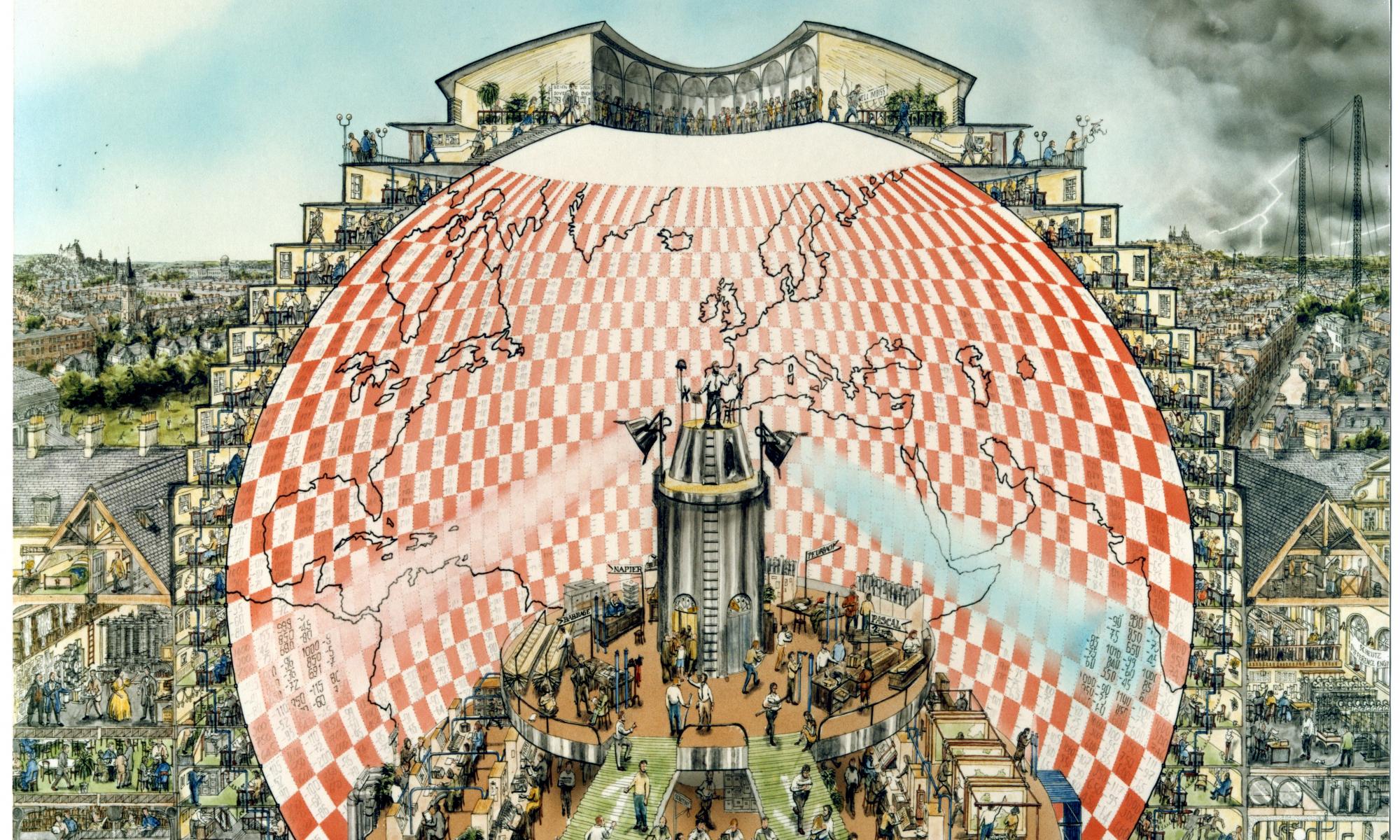The Unvironment
Part 1. Dame Fortune
In 1777, Johann Wolfgang von Goethe erected in the garden of his Weimar home what might now be identified as a piece of minimalist sculpture: a simple sphere placed on a cube base. This unique commissioned object was not an artistic expression or manifestation for public display; it was intended solely for personal contemplation in the private space of the garden. Known by various names, Goethe’s Altar to Dame Fortune or Altar to Agathe Tyche—Tyche being the deity that guarded the fortune of a city or place—was testament to his knowledge of and interest in allegorical symbols popular since the resurgence of neoplatonic thought during the Renaissance. A common figure in emblematic literature, the sphere placed on a cube expressed a classical opposition of movement and flux (the unjustified, unpredictable aspect of the Earth) with the fixity of just laws and virtue, reason, necessity and the absolute. The conjunction of the cube and the sphere, although each in itself a platonic form, represents the marriage of the world as it appears to us and the fundamental laws that govern its potential manifestations and instantiations.


_0-itok=cp_Jj7mj.jpeg)